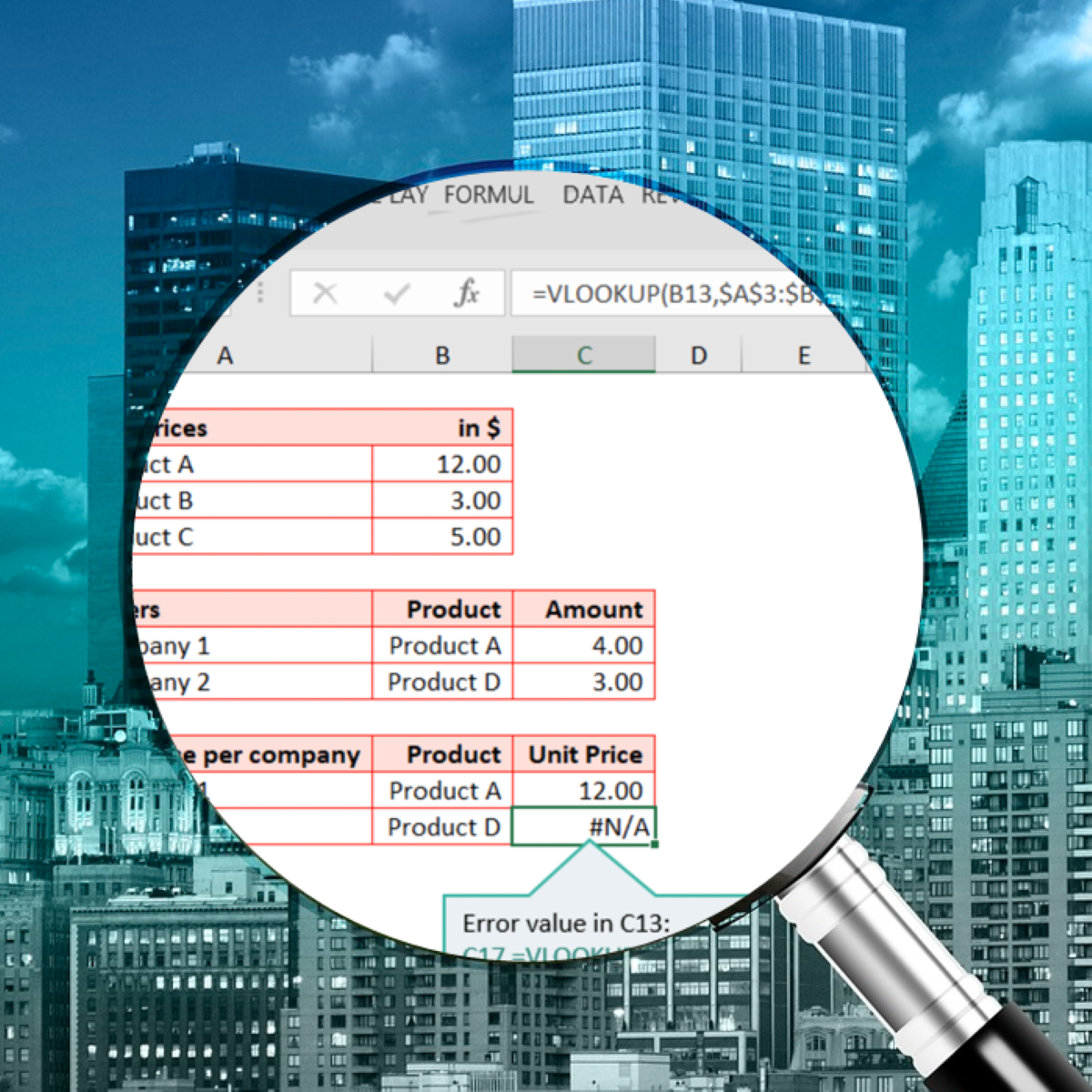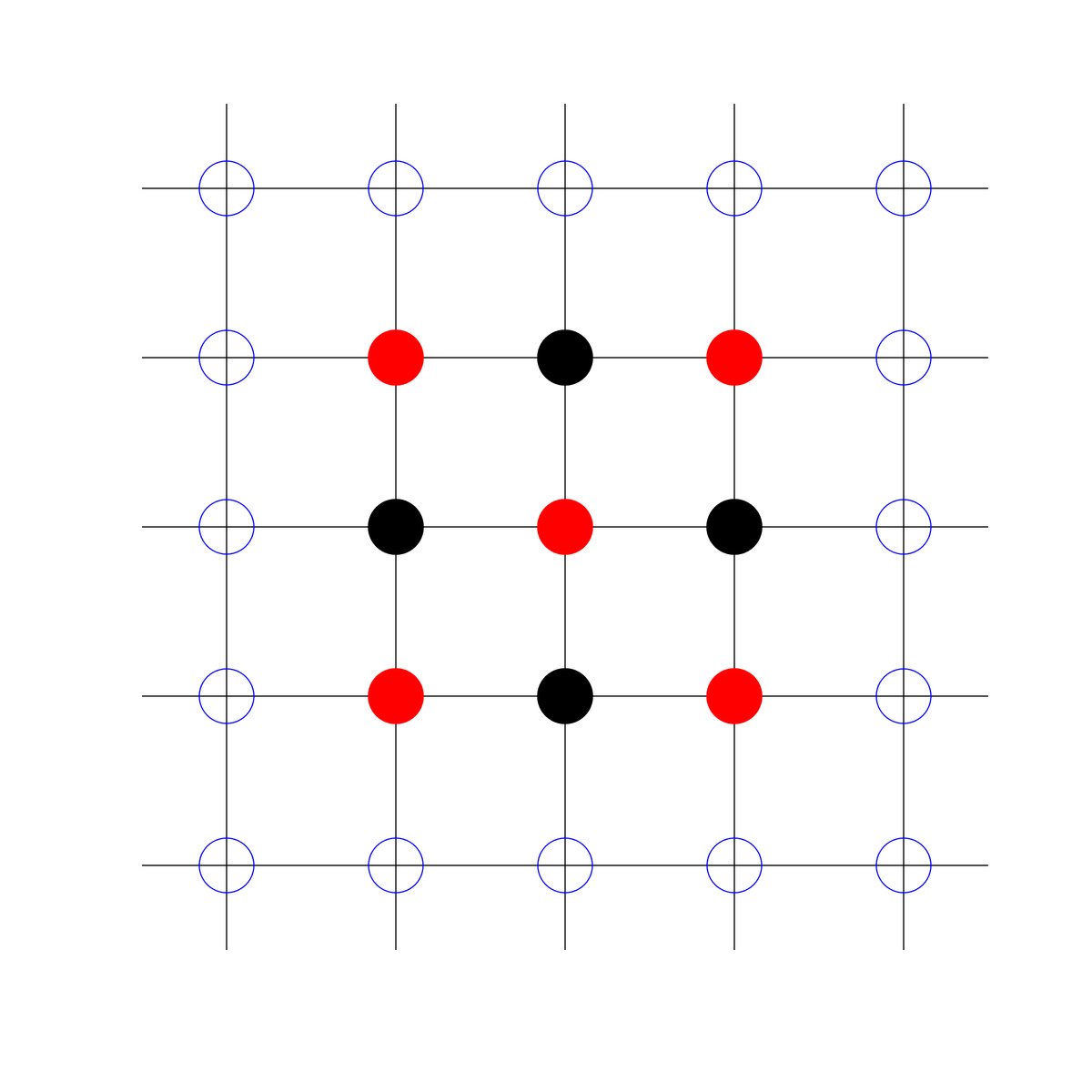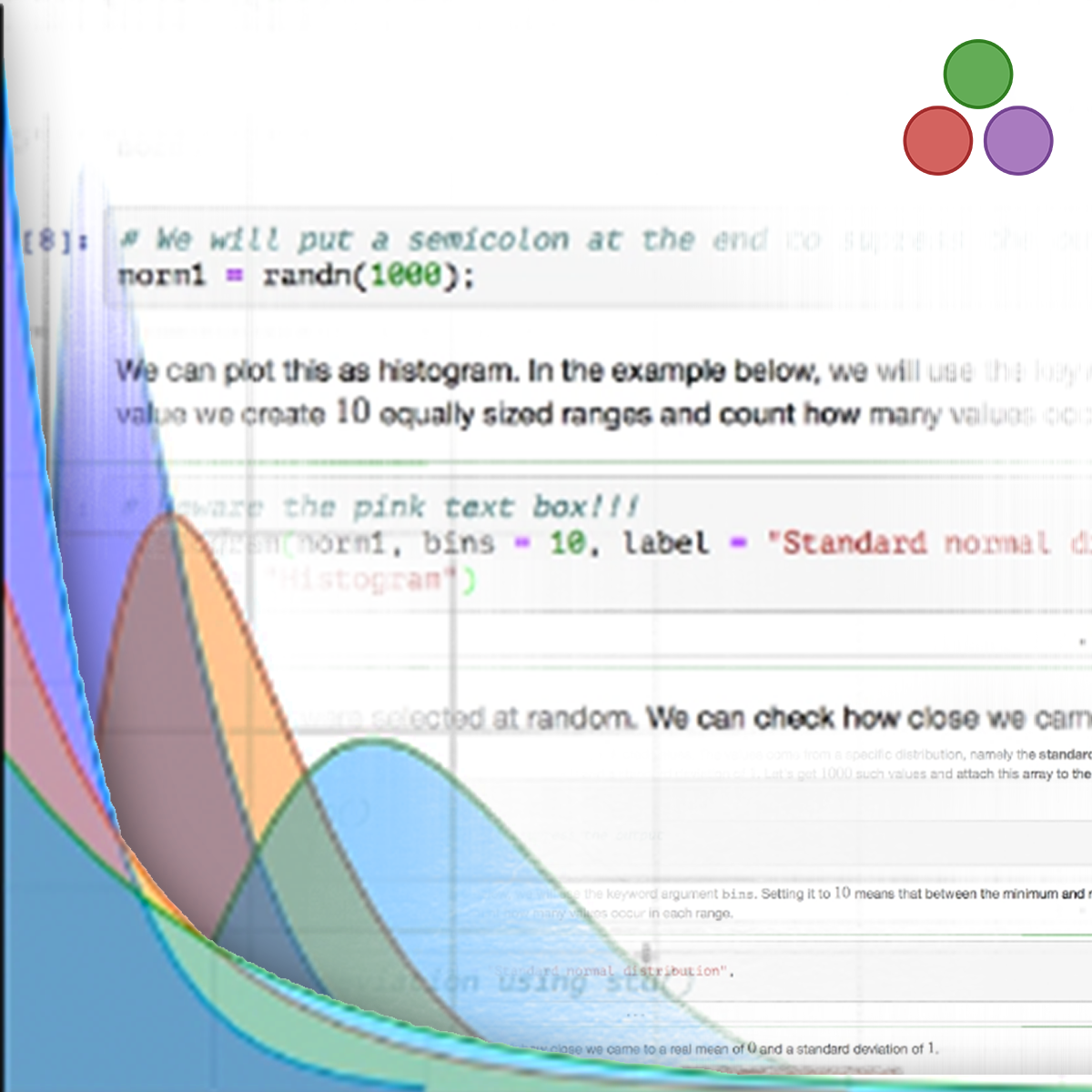Back to Courses







Math And Logic Courses - Page 15
Showing results 141-148 of 148

Excel Modeling for Professionals: Best Practices & Pitfalls
What sets this Excel course apart is that we don’t focus on quick fixes or specific tips and tricks. This course is for those who already understand Excel. The aim of the course is to elevate Excel models, to improve clarity, longevity, and transferability of these models, and to reduce mistakes and to encourage consistency in businesses as they work with Excel.
Through this Excel course learners will gain the tools to decide whether or not to use Excel to solve their problem. They will learn how to set up good input data, format correctly, and the importance of good documentation. Learners will gain the ability to discern between different functions, to understand the pitfalls and strengths of commonly used functions, and to apply correct functions to their Excel models. Those that follow the course will also gain understanding of logical spreadsheet structure, graphs and reporting, and protection and hidden information in Excel, and users will learn how to apply these things to their own models. Finally users will get practical tips and steps for the finalization of a model, the automated checks, the manual run through, and general testing that one should do to ensure that their Excel model is accurate and complete.

Numerical Methods for Engineers
This course covers the most important numerical methods that an engineer should know. We derive basic algorithms in root finding, matrix algebra, integration and interpolation, ordinary and partial differential equations. We learn how to use MATLAB to solve numerical problems. Access to MATLAB online and the MATLAB grader is given to all students who enroll.
We assume students are already familiar with the basics of matrix algebra, differential equations, and vector calculus. Students should have already studied a programming language, and be willing to learn MATLAB.
The course contains 74 short lecture videos and MATLAB demonstrations. After each lecture or demonstration, there are problems to solve or programs to write. The course is organized into six weeks, and at the end of each week there is an assessed quiz and a longer programming project.
Download the lecture notes:
http://www.math.ust.hk/~machas/numerical-methods-for-engineers.pdf
Watch the promotional video:
https://youtu.be/qFJGMBDfFMY
Probability and Statistics: To p or not to p?
We live in an uncertain and complex world, yet we continually have to make decisions in the present with uncertain future outcomes. Indeed, we should be on the look-out for "black swans" - low-probability high-impact events.
To study, or not to study? To invest, or not to invest? To marry, or not to marry?
While uncertainty makes decision-making difficult, it does at least make life exciting! If the entire future was known in advance, there would never be an element of surprise. Whether a good future or a bad future, it would be a known future.
In this course we consider many useful tools to deal with uncertainty and help us to make informed (and hence better) decisions - essential skills for a lifetime of good decision-making.
Key topics include quantifying uncertainty with probability, descriptive statistics, point and interval estimation of means and proportions, the basics of hypothesis testing, and a selection of multivariate applications of key terms and concepts seen throughout the course.

Julia Scientific Programming
This four-module course introduces users to Julia as a first language. Julia is a high-level, high-performance dynamic programming language developed specifically for scientific computing. This language will be particularly useful for applications in physics, chemistry, astronomy, engineering, data science, bioinformatics and many more. As open source software, you will always have it available throughout your working life. It can also be used from the command line, program files or a new type of interface known as a Jupyter notebook (which is freely available as a service from JuliaBox.com).
Julia is designed to address the requirements of high-performance numerical and scientific computing while also being effective for general-purpose programming. You will be able to access all the available processors and memory, scrape data from anywhere on the web, and have it always accessible through any device you care to use as long as it has a browser. Join us to discover new computing possibilities. Let's get started on learning Julia.
By the end of the course you will be able to:
- Programme using the Julia language by practising through assignments
- Write your own simple Julia programs from scratch
- Understand the advantages and capacities of Julia as a computing language
- Work in Jupyter notebooks using the Julia language
- Use various Julia packages such as Plots, DataFrames and Stats
The course is delivered through video lectures, on-screen demonstrations, quizzes and practical peer-reviewed projects designed to give you an opportunity to work with the packages.

Introduction to Logic
This course is an introduction to Logic from a computational perspective. It shows how to encode information in the form of logical sentences; it shows how to reason with information in this form; and it provides an overview of logic technology and its applications - in mathematics, science, engineering, business, law, and so forth.

Advanced Linear Models for Data Science 2: Statistical Linear Models
Welcome to the Advanced Linear Models for Data Science Class 2: Statistical Linear Models. This class is an introduction to least squares from a linear algebraic and mathematical perspective. Before beginning the class make sure that you have the following:
- A basic understanding of linear algebra and multivariate calculus.
- A basic understanding of statistics and regression models.
- At least a little familiarity with proof based mathematics.
- Basic knowledge of the R programming language.
After taking this course, students will have a firm foundation in a linear algebraic treatment of regression modeling. This will greatly augment applied data scientists' general understanding of regression models.

Exploring concepts of Optics using Wolfram notebook
Exploring concepts of Optics using Wolfram notebook

Causal Inference
This course offers a rigorous mathematical survey of causal inference at the Master’s level.
Inferences about causation are of great importance in science, medicine, policy, and business. This course provides an introduction to the statistical literature on causal inference that has emerged in the last 35-40 years and that has revolutionized the way in which statisticians and applied researchers in many disciplines use data to make inferences about causal relationships.
We will study methods for collecting data to estimate causal relationships. Students will learn how to distinguish between relationships that are causal and non-causal; this is not always obvious. We shall then study and evaluate the various methods students can use — such as matching, sub-classification on the propensity score, inverse probability of treatment weighting, and machine learning — to estimate a variety of effects — such as the average treatment effect and the effect of treatment on the treated. At the end, we discuss methods for evaluating some of the assumptions we have made, and we offer a look forward to the extensions we take up in the sequel to this course.
Popular Internships and Jobs by Categories
Find Jobs & Internships
Browse
© 2024 BoostGrad | All rights reserved